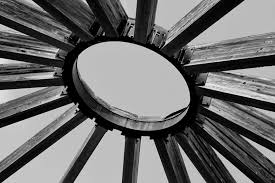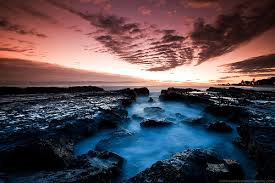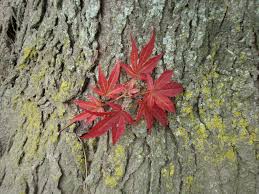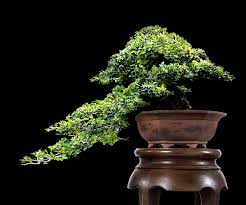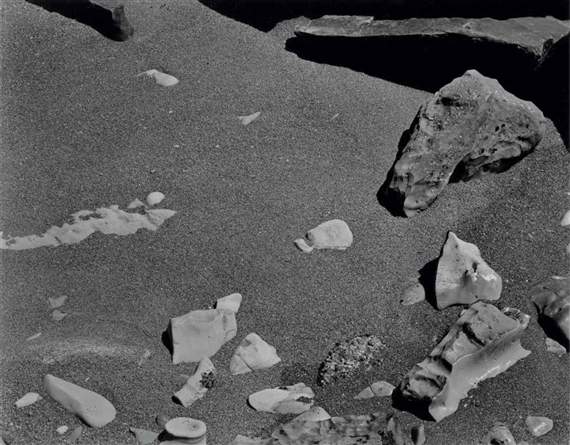Line - marks made by a pointed tool which can vary in width, length, direction, curvature and color.
I picked the picture above for its many lines, and one complete line forming an angle in the center.
I picked this photo for all of its seemingly continuous and geometrically perfect lines.
I picked this photo for its distinctly organic shape.
I chose this picture for its varying geometric and organic shapes.
If it wasn't already obvious enough, I picked this photo for its wide spectrum of colors.
I chose this painting for its wide variety of colors.
I chose this photo for its very distinct white, gray, and black pieces.
I chose this painting for its varying elements of white, black and gray in the clouds.
I picked this photo because of its obvious cubes created from the varying angles of the cubes.
I chose this painting because it shows many shadows across the subject defining his features.
Texture - Texture can be rough, bumpy, slick, scratchy, smooth, silky, soft, prickly--the list is endless. Texture refers to the surface quality, both simulated and actual, of artwork.
I chose this photo for the texture the snow seems to create upon the boulder.
I chose this painting for texture, as the tree appears very detailed making it very life like.
Space - Space refers to distances or areas around, between, or within components of a piece. Space can be positive (white or light) or negative (black or dark), open or closed,shallow or deep, and two-dimensional or three-dimensional.
I chose this photo for the space between each individual rock.
I picked this photo because of the empty white space around the subject.
Balance - Balance is the comfortable or pleasing arrangement of things in art. There are three different types of balance: symmetrical, asymmetrical, and radial. The human figure is symmetrically balanced; the same on the left and right side. The tree is asymmetrically balanced; its branches are not distributed equally on each side, but their total weight is balanced left and right. The sun is an example of radial balance; all its rays are equal in length from the center.
I picked this painting for it's seemingly perfect balance.
I chose this photo for its radial balance.
Contrast - Contrast is created by using elements that conflict with one another. Often, contrast is created using complementary colors or extremely light and dark values. Contrast creates interest in a piece and often draws the eye to certain areas. It is used to make a painting look interesting.
I chose this painting for its contrast from bland white to colorful clothing and items drawing attention to the subjects rather than the diner itself.
I picked this photo for contrast as there is a distinct difference between the lighter colored sunset, and the dark clouds and other darker pieces on the ground.
Emphasis - Emphasis in the focal area of an artwork gives it importance. An artist may stress some elements of the design over others. The eye of the viewer will focus on the area of emphasis or center of interest first, then take in the rest of the composition.
I chose this painting for emphasis as the painter uses contrast to emphasize his subject.
I chose this photo for emphasis as the differing colors draw the eyes to the leaves rather than the bark of the tree.
Movement - Movement in an artwork means the artist is taking viewers on a trip through the work by means of lines, edges, shapes, and colors often leading to the focal area. Movement is a visual flow through the composition. It can be the suggestion of motion in a design as you move from object to object by way of placement and position. Directional movement can be created with a value pattern. It is with the placement of dark and light areas that you can move your attention through the format.
I chose this painting for movement as it looks to be like the waves are actually moving as your eye follows the waves.
I chose this photo for movement, because when I looked at it my eyes followed the direction of the branches and leaves leading all the way to the end.
Pattern - Patterns are made in art when the same shapes or elements are repeated again and again. Pattern uses the elements of art in planned or random repetitions to enhance surfaces of paintings or sculptures.
I chose this painting for pattern as the element of each person is repeated over and over to make what appears to be a crowd.
In this photo there is two different patterns, one for the leaves, and one for the brown plants in the center.
Rhythm - Rhythm is the repetition of shapes, lines, and forms. Rhythm is a movement in which some elements recurs regularly. Like a dance, it will have a flow of objects that will seem to be like the beat of music.
I chose this painting for rhythm as the pattern seems simple enough as the gossip travels from person to person.
This photo gave me a sense of rhythm as there seems to be a flow as the spiral wraps itself around the center pole.
I chose this painting for unity as there are no geometric shapes - only organic ones.
I chose this photo for unity as almost the entire photo is the entire photo is the same color.














